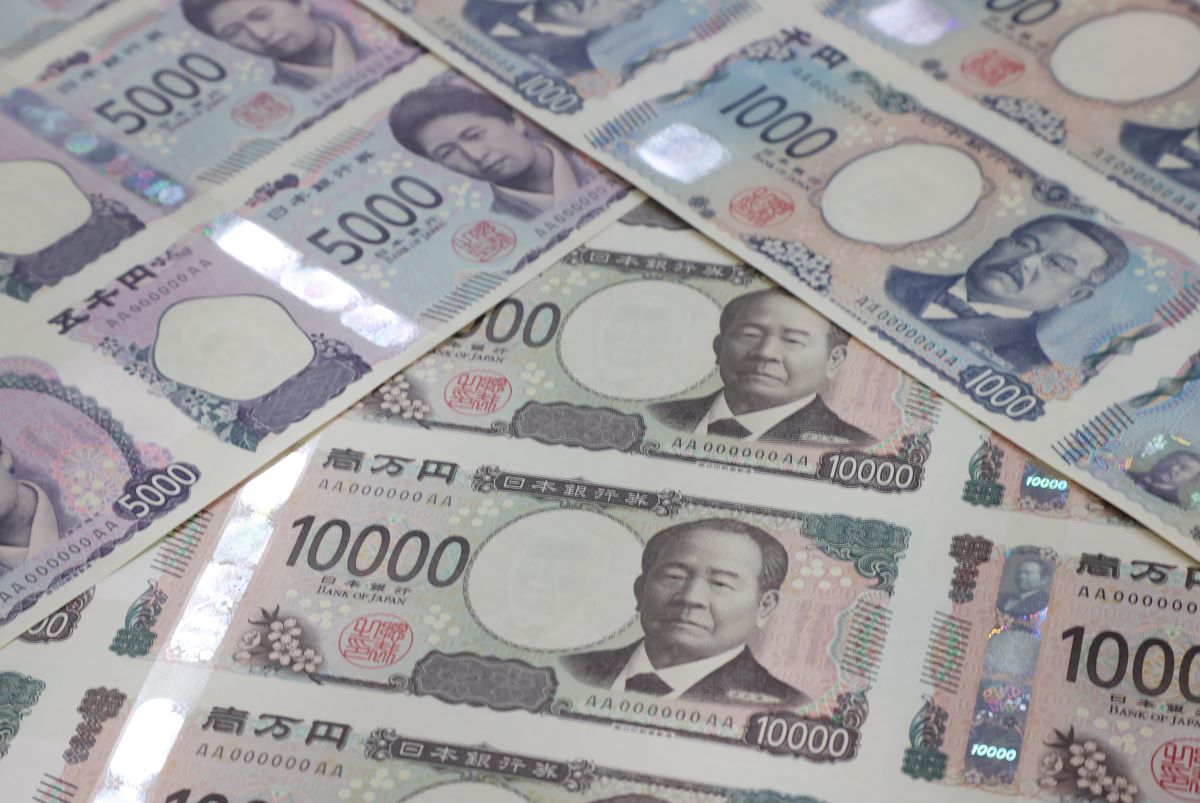
日本を英語で伝える
Counterfeit Currency Outdated Against New 3-D Banknotes and Cashless Transactions
7月に紙幣のデザインが変わりました。一万円札のデザインは40年ぶりの変更とのことです。偽造紙幣防止のために最新技術を取り入れた新紙幣のデザイン。キャッシュレス化が進む中で偽造紙幣は減っているものの、問題は多様化・深刻化しているようです。

1.Article
Directions: Read the following article aloud.
※本ページは出典ニュース記事を要約した英文です。
Historically, Japan has faced notable counterfeit currency cases, like the Chi-37 incident, which involved sophisticated fake 1,000 yen notes. The Ministry of Finance is introducing advanced anti-counterfeiting measures on the new banknotes, including a pioneering 3D hologram and UV-reactive ink. Despite these advancements, concerns persist regarding state-sponsored counterfeiting, exemplified by the nearly perfect counterfeit 100 US dollar "supernotes" linked to North Korea.
In response to societal shifts towards cashless transactions, electronic money systems like Suica and ICOCA, alongside QR code payments, have gained significant popularity. These systems are used for a wide range of everyday payments, from subway and train fares to purchases at convenience stores. QR code payments, in particular, have rapidly gained popularity as a more convenient and faster payment method compared to cash.
Law enforcement remains vigilant against counterfeit currency, adapting to cybercrime threats targeting digital payments and cryptocurrencies.
本教材は、一般社団法人ジャパンフォワード推進機構、株式会社産経デジタルより許諾を得て、産経ヒューマンラーニング株式会社が編集しています。
テキストの無断転載・無断使用を固く禁じます 。